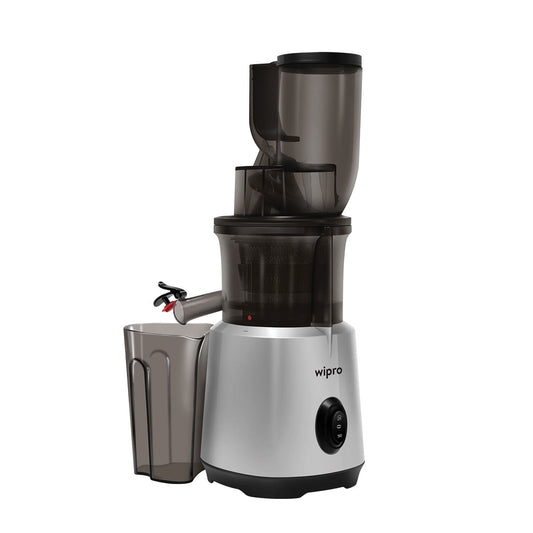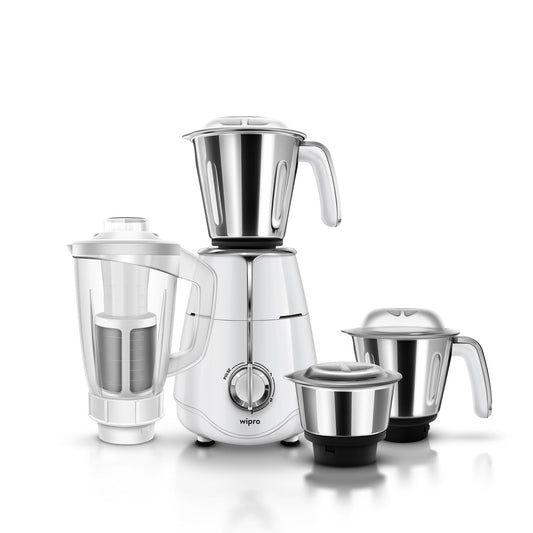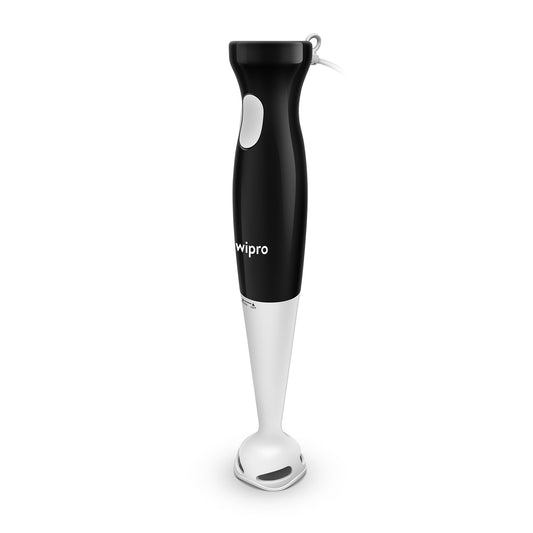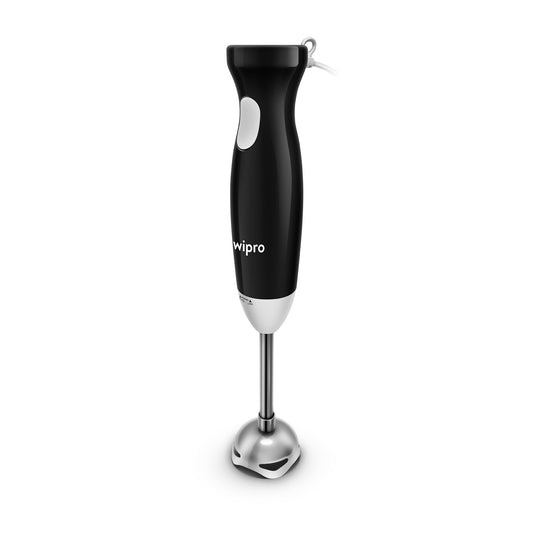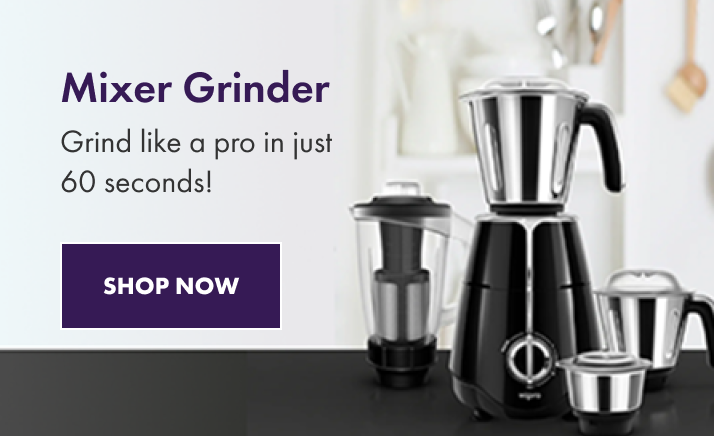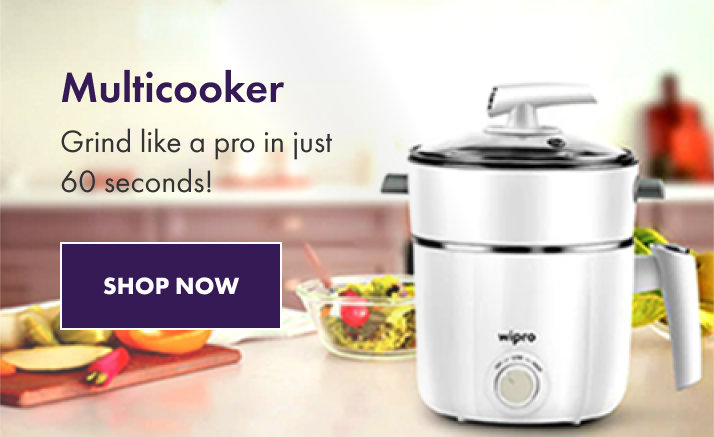In the quest for healthier living, many people are turning to juicing as a way to increase their intake of fruits and vegetables. Among the various juicing methods, slow juicing has gained popularity due to its ability to preserve nutrients and produce high-quality juice. Along with preserving essential nutrients, these slow juicers or cold-pressed juicers also retain the essential flavours. Unlike traditional centrifugal juicers, which use high-speed spinning blades, slow juicers work on a different mechanism. In this blog, we'll understand the workings of this essential kitchen appliance and explain why it's so popular among health enthusiasts.
The Basics of Slow Juicing:
A slow juicer operates at a slower pace compared to traditional juicers. This specialised juicing machine gradually cuts fruits and vegetables into small pieces and then meticulously squeezes out all the juice. Notably, Philips slow juicers are designed to extract juice not only from the fruits but also from the pulp, ensuring maximum yield.
How Slow Juicers Differ from Ordinary Juicers
Speed of Operation:
Ordinary juicers use sharp blades to chop fruits at extremely high speeds—often exceeding 20,000 rotations per minute (RPM). In contrast, slow juicers operate at a much more leisurely pace, typically between 30 and 200 RPM. The Wipro Vesta FS201 Cold press slow juicer extracts juice at 55RPM and ensures there is no loss in nutrients, and the juice gives the right flavour and health benefits.
Heat and Oxidation:
The high-speed blades of traditional juicers generate significant friction, which produces heat. This heat can destroy heat-sensitive vitamins, minerals, and other valuable nutrients in the juice. Additionally, the rapid spinning introduces more oxygen into the juice, leading to faster oxidation and further nutrient degradation.
Nutrient Retention:
Slow juicers, on the other hand, work gently and at low speeds, minimizing heat production. This method helps preserve the nutritional integrity of the juice by protecting sensitive vitamins and minerals from being destroyed. Moreover, the reduced oxygen exposure during the juicing process results in slower oxidation, keeping the juice fresher for longer and retaining more nutrients.
How do slow juicers actually work?
Feed Chute: You start by placing your fruits and vegetables in the feed chute, which leads to the juicing chamber.
Auger or Worm Screw: Inside the juicing chamber, you'll find a rotating auger or worm screw, often made of a sturdy material like Ultem or stainless steel. This component is responsible for grinding and crushing the produce.
Juicing Screen: As the crushed ingredients move along the auger's spiral path, they pass through a fine juicing screen. This screen separates the juice from the pulp.
Collection Pitcher: The extracted juice flows out of the juicing screen into a collection pitcher, while the pulp is ejected into a separate container.
The Crushing and Squeezing Process of Slow juicers
Slow juicers work meticulously to preserve nutrients and flavour. The auger rotates slowly, applying gentle but firm pressure to crush the ingredients. As the produce is crushed, the juice is released, while the pulp is left behind.
Since slow juicers generate minimal heat and friction, there's little risk of nutrient loss due to heat degradation.
Benefits of Using a Slow Juicer
Higher Nutrient Retention:
The slow juicing process ensures that the juice retains more of its natural nutrients. Vitamins, enzymes, and antioxidants are preserved, providing a healthier juice.
Better Juice Quality:
Slow juicers produce juice with richer colour and flavour. The reduced oxidation means the juice stays fresher for longer periods, allowing you to store it for up to 72 hours without significant nutrient loss.
Efficient Juice Yield:
Slow juicers are known for their high juice yield, meaning you get more juice from the same amount of produce compared to centrifugal juicers. This makes them more economical in the long run.
Versatility:
Slow juicers can handle a wide variety of produce, including leafy greens, hard vegetables, and even nuts for making nut milk. This versatility makes them a valuable addition to any kitchen.
Quiet Operation:
Unlike the noisy centrifugal juicers, slow juicers operate quietly, making them suitable for early morning or late-night juicing without disturbing others.
Choosing the Right Slow Juicer
When selecting a slow juicer, consider factors such as:
Build Quality: Look for a sturdy, durable juicer made from high-quality materials. Stainless steel components and BPA-free plastic are good indicators of a well-made juicer.
Ease of Cleaning: Choose a juicer with parts that are easy to disassemble and clean. Many models come with cleaning brushes and dishwasher-safe components.
Feed Chute Size: A larger feed chute can accommodate bigger pieces of produce, reducing the prep time required.
Warranty: A good warranty is a sign of the manufacturer’s confidence in their product. Look for juicers with at least a 5-year warranty on motor and parts.
Recommended Slow Juicers
One excellent option to consider is the Vesta FS201 Cold Press Slow Juicer by Wipro Appliances. Known for its efficient juice extraction and user-friendly design, the Vesta FS201 is a top choice for health-conscious individuals.
Tips for Using a Slow Juicer
- Prep Your Produce: Cut your fruits and vegetables into smaller pieces to ensure smooth juicing.
- Alternate Ingredients: Alternate between soft and hard produce to help the juicer operate more efficiently.
- Clean Immediately: Clean the juicer immediately after use to prevent the pulp from drying and making it harder to clean later.
Conclusion
Understanding how a slow juicer works can help you appreciate the benefits of this method of juicing. The gentle crushing and pressing process ensures maximum nutrient retention, better juice quality, and efficient yield. By investing in a high-quality slow juicer like the Vesta FS201 Cold Press Slow Juicer, you can enjoy fresh, nutritious juice every day, contributing to a healthier lifestyle.
Whether you’re new to juicing or looking to upgrade your current juicer, a slow juicer is a fantastic choice for anyone serious about their health. Happy juicing!
























































































































































































































































































































































































































































































































